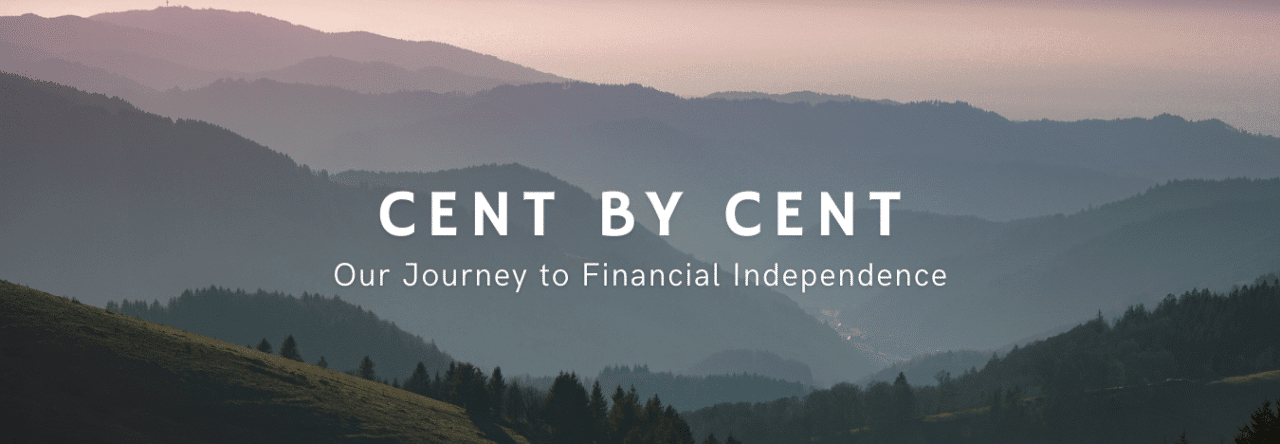DISCLAIMER
Before you read this article, if you are in any kind of Credit Card debt, stop here. I recommend you pay off debt before any investment
“Don’t use Credit Cards… they are a gateway to debt!”
How many times have I heard that sentence? Often from older generations, but also reputable sources such as Dave Ramsey. Yet I’m here to tell you they aren’t all evil.
As long as you pay it in full every month your credit card is effectively a debit card with perks. Since moving to the UK, I have used my American Express credit card for almost everything. Whether I’m buying a flight, groceries, or paying for gas.
Since then I’ve acquired 40,000 miles with British Airways, a cashback of 0.5% with my purchases, and had access to airport lounges on long trips.
Have I succumbed to the marketing, maybe a little? On the other hand, throughout this article, we will explore the pros and cons of using your credit card every day.
Pros and cons of a Credit Card
Of course, credit cards wouldn’t be such a controversial topic if they didn’t have downsides. I believe the cure to credit card debt is understanding how they function. They are not a “get out of jail” card. To quote Uncle Ben “With great power comes great responsibility”.
Pros
Let’s start with why you should be using your credit card as much as possible within your means.
Most Credit Cards will offer rewards. Which typically come in 3 forms:
- Points
- Cashback
- Preferential Rates
The credit card you pick will greatly depend on your lifestyle. I use both points and cashback. As AMEX allows me to collect miles for BA with the “Gold or BA Card” and earn 1% cashback on my purchases with my Everyday platinum card. Whilst also offering discounts with many brands!
When paying with a Credit Card you benefit from scam protection. If you contest a purchase they will reimburse your purchase. This is a great way to cover yourself when traveling or buying online as the Credit Refund will often be faster than that of the store.
In the form of travel insurance and a guarantee, your credit card acts as an extra safety net when traveling. When my friend’s wedding was canceled due to COVID-19 – AMEX’s travel insurance helped me with the refund process. It took my friend 6 months to get reimbursed I had the money within 2.
This one is straight forward a good history of full repayment will increase your credit score. I have personally gone from 0 as a foreigner to almost 900.
I was able to get over 30,000 miles by referring friends to the American Express Gold card. I currently use the AMEX Everyday Platinum if you use my link you will get £10 credit the first time you spend £1. Thereafter you’ll get 5% cashback on every purchase up to £100 cashback earned.
As you can see there are many benefits in kind for using a Credit Card. Additionally, it also makes it easy to track expenses and builds healthy habits. I have personally set mine to Payment in full and it keeps me covered as I never go over my threshold.

Cons
You won’t catch me saying that everything is great with credit cards. Their companies would not exist if it were the case. To understand where the dark side comes from you must understand how they make their money. In this article, Peter Stephens goes in-depth about each stream of income. They earn money from
- Predatory Interest Rates
- Merchant fees
- Consumer Fees
This leads us to the 3 risks of Credit Cards.
It’s very easy to think credit cards are free money. Keep in mind you will need to pay back everything in full. I recommend setting up a limit on your Credit Card so you remain.
If you miss a payment you are quickly stuck in a vicious cycle. As interest rates are upwards of 15% you quickly end up unable to pay. To avoid crippling debt keep track of where you stand.
Withdrawing cash comes at a high cost with credit cards. In the case of AMEX, it is upwards of 2%. Spending money abroad might also incur additional charges.
If the temptation of free money is too high you should stay away from Credit Cards. To help you decide whether Credit Cards are for you, – keep reading as I share my experience.
What have I learnt using my Credit Card
As I said previously, I currently use the AMEX Everyday Platinum card. Previously, I owned the AMEX Gold but only for 1 year as it was free. My experience with American Express has been wonderful. I’ve had a few issues with COVID-19 and they were able to help me. No question asked.
I have also been able to increase my Credit Score by more than 200 points. Which has allowed me to get approved for apartments faster and will surely help when I acquire real estate. My score was helped by paying my card off in full monthly. Additionally, I have accumulated £300 plus of value from British Airways Miles mostly through the referral program.
On that note, if you decide to go for a credit card use a referral! You’ll get additional perks monetary or not. For example, if you use my link for the Platinum Everyday Card you will get £10 for free after your first purchase.
Share your experience with credit cards and how you use them in the comments! I would love to hear your tips & tricks and answer your questions.
I recommend checking out Graham Stephen’s video on the matter as it was very insightful at the start of my journey.


















